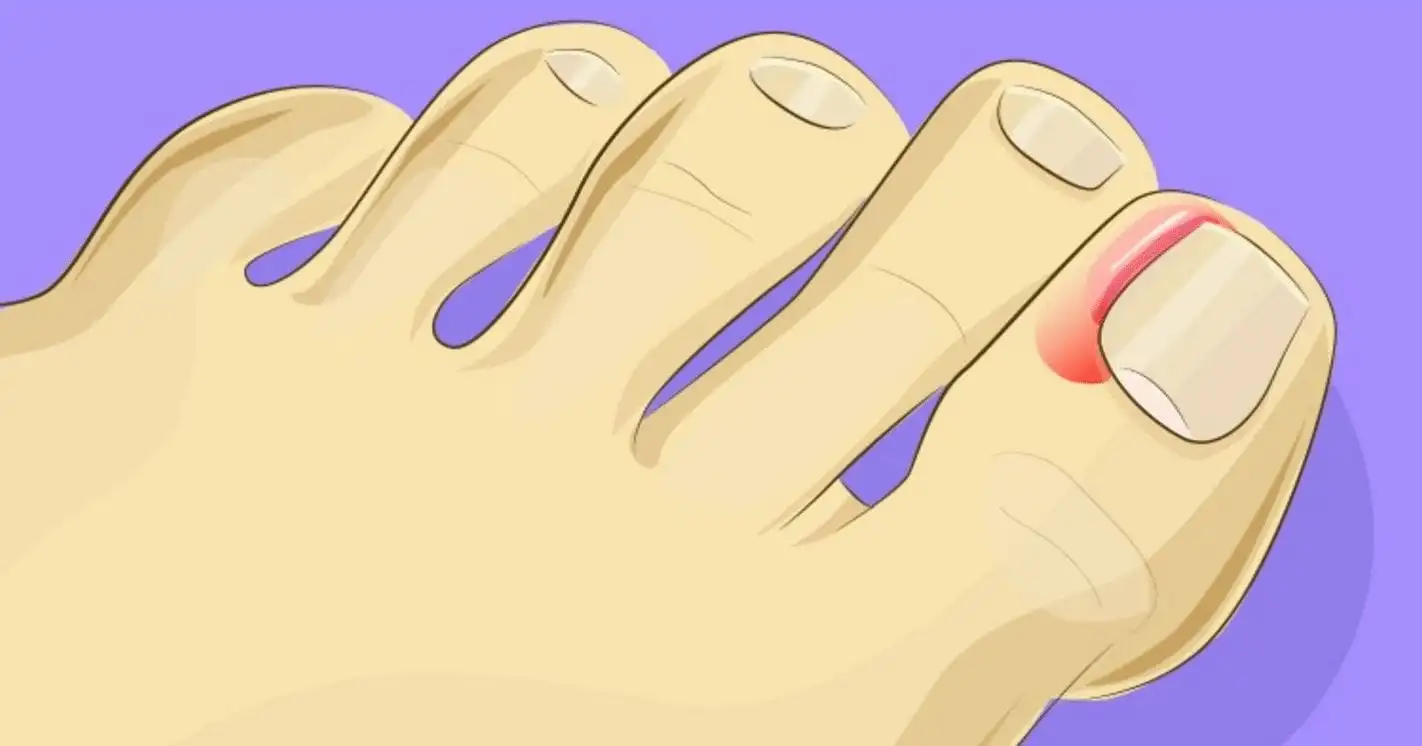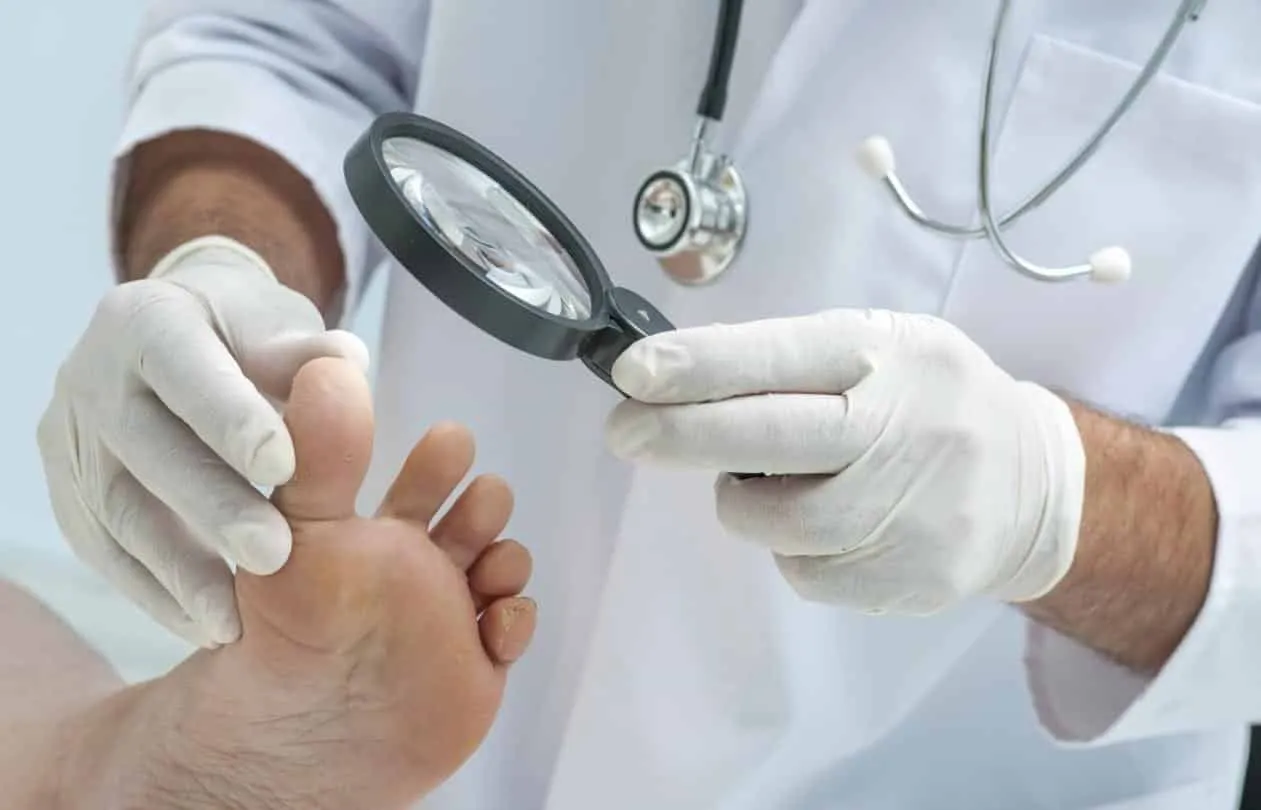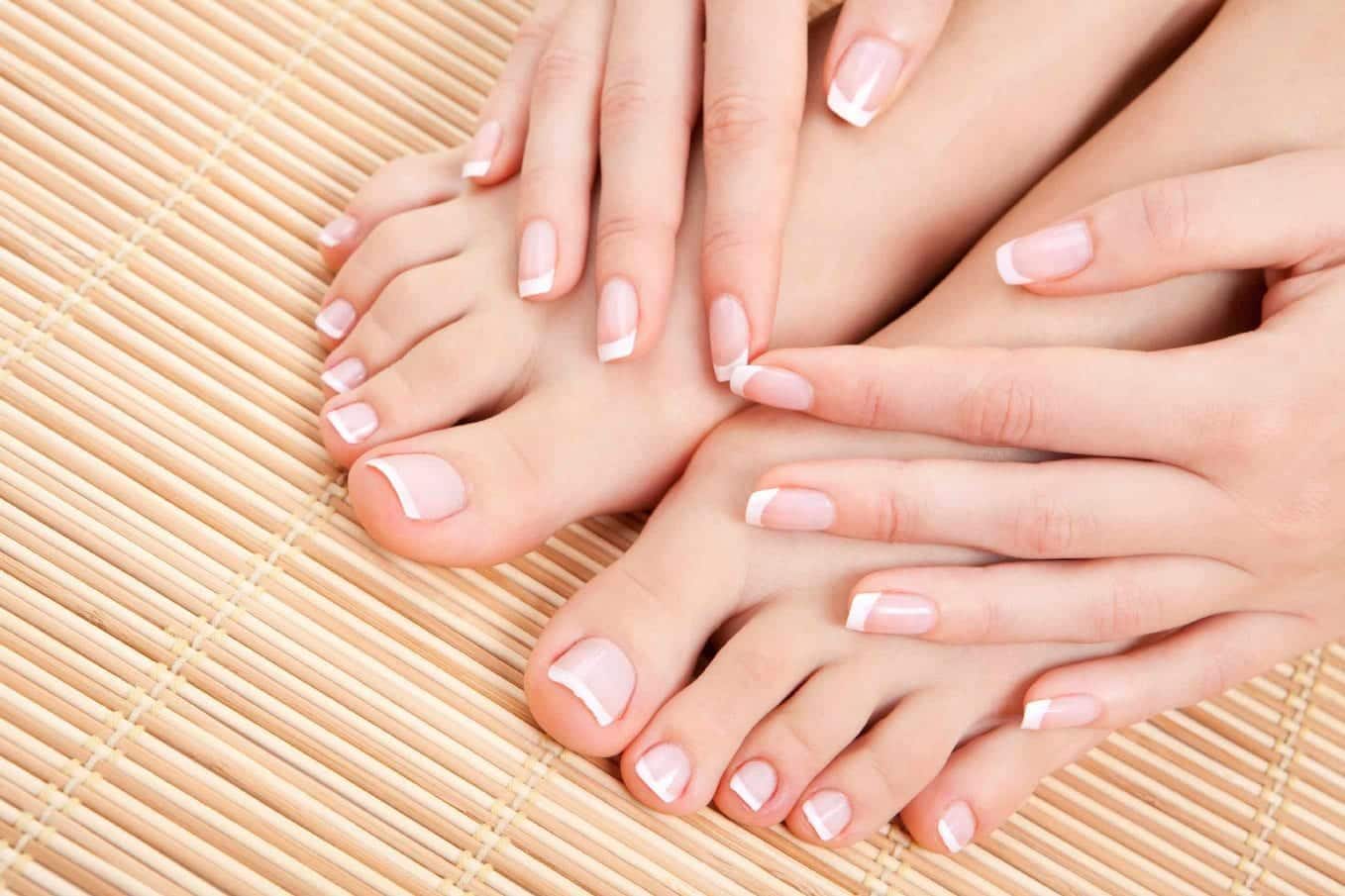The inflamed nail can become infected through contact with bacteria or fungi. Therefore, it is always necessary to keep everything clean and sanitized.
Paronychia, or, as it is popularly known, inflamed nail. Without a doubt, this is one of the most inconvenient pains we feel in our body. Despite this, treatment is usually simple, quick and easy.
Generally, the nail becomes ingrown when it is cut improperly, or even when we wear shoes that are too tight. Thus, causing inflammation of the skin around the corner of one or more nails.
Sometimes, in fact, the wound can become infected through contact with bacteria or fungi. Therefore, it is always necessary to keep everything clean and sanitized.
So, to find out more about what to do and how to treat an inflamed nail, read the following article.
How to avoid an inflamed nail

To prevent your nail from becoming ingrown or inflamed, here are some tips:
- Take good care of your nails and the surrounding skin. Always keep everything clean and sanitized.
- Nails grow slowly, so injuries in this area should be avoided. This way, you avoid scarring that can last up to months.
- Don’t remove the cuticle. Although most people remove it, this action damages the skin and leaves it exposed to fungi and bacteria.
- Do not cut the corners of your nails. Keep straight cuts when trimming them. This way you prevent the tip of the nail from hurting or getting stuck in your skin.
- Don’t cut your nails too short. So that the tips do not come into contact with the skin.
- Try to soften the tips of your nails with slightly rounded cuts at the corners (very slightly).
- Avoid contact with detergents and chemicals on your nails. Use protective gloves.
- Cut your fingernails, preferably, every week.
- Cut your toenails, preferably, every month.
- Cut your nails after showering as they will be softer. This way, you avoid injuries.
- Avoid wearing shoes with very tight toes.
By following these tips, you can drastically reduce the chances of having an inflamed nail. See how simple it is?
How to treat inflammation

Treatment of an inflamed nail can, in most cases, be done at home. Therefore, here is a step-by-step guide on how to act in this situation:
- The inflamed nail area should be left to soak in warm water for 20 minutes. This will relieve the pain and soften the area.
- Use tweezers to lift the nail and remove contact with the inflamed area.
- Then, it is recommended to use gauze or cotton to place in the space between the nail and the skin.
- Finally, an antiseptic solution should be used in the area. For example the iodopovidona.
This process must be carried out every day until the inflammation ends.
Under no circumstances should you cut the area of the nail that is in contact with the inflammation. It may seem like it will resolve, but this will increase the chance of it getting ingrown again or even make it worse.
When to seek medical help

Foot Surgery
Treatment can be simple, and in most cases can be carried out at home. However, when the infection is more serious or is a problem with fungi or bacteria, it is recommended that you seek medical help. Because, even though it may seem like a small problem, in some rare cases, abscess formation, permanent changes in the shape of the nail and spread of infection to tendons, bones and blood circulation can occur.
Eventually, pus and exposed spongy flesh may form in the area. Therefore, it is necessary to visit a dermatologist or podiatrist to remove the inflamed tissue.
Furthermore, the professional will assess the situation and determine its cause. Therefore, an antibiotic ointment (if it is a bacterial infection) or an antifungal ointment (if it is a fungal infection) can be recommended for treatment.
Other cases in which you should always seek medical help are diabetic people, or if the inflamed area apparently has a lack of blood circulation.
Did you like this article? So check this one out too: Thrush – What it is, causes, symptoms, treatment and prevention
Sources: Médico Responde, Tua Saúde, Tua Saúde.
Sources Featured Images: EsiGniO, Foot Surgery, Biosom Blog, Projeto Ide.





